Brian Leslie's Blog Posts
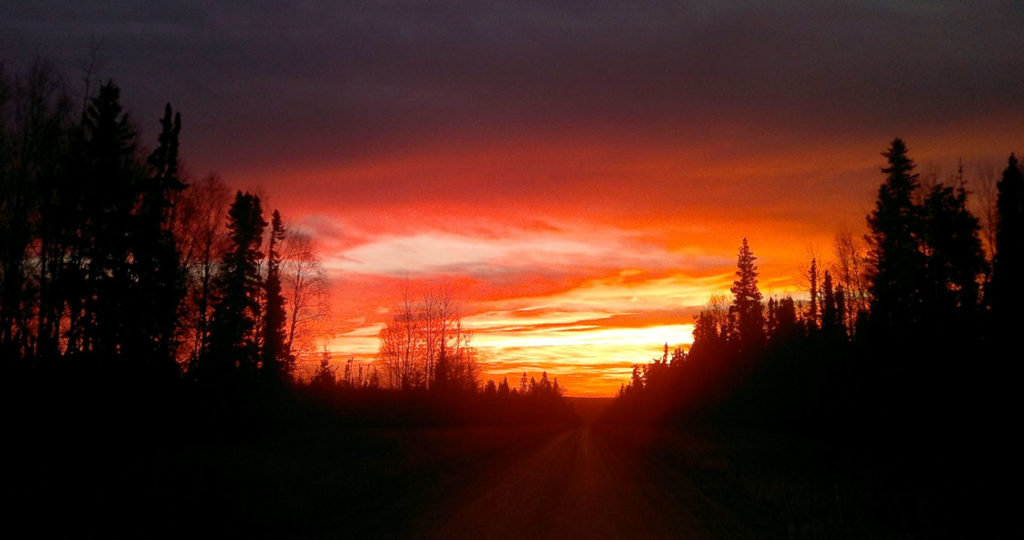
June 22, 2022
PRESS RELEASE – CPDFN / Ember Joint Venture
Today, Ember Archaeology announces its joint venture partnership with Chipewyan Prairie Dene First Nation (CPDFN), as an important step to helping CPDFN regain stewardship of their ancestral cultural and material remains. This partnership is structured around an approach for Indigenous engagement that is proactive and long-term. The new joint venture business area includes the Regional
Keep Reading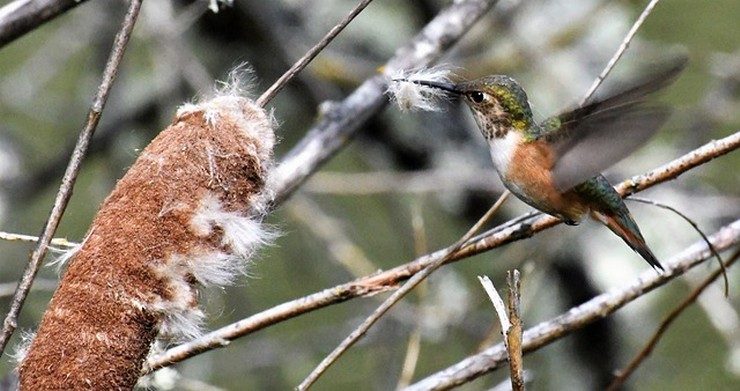

September 10, 2021
Edible Plant Series – Cattails
Did you know that cattails are edible? Unlike wild mushrooms, which can be difficult to identify and poisonous, most people can easily recognize cattails (Typha latifolia). It is difficult to mistake a two meter tall plant with a large, brown, fluffy corndog-looking thing at the top, for something like water hemlock. Juvenile plants are more
Keep Reading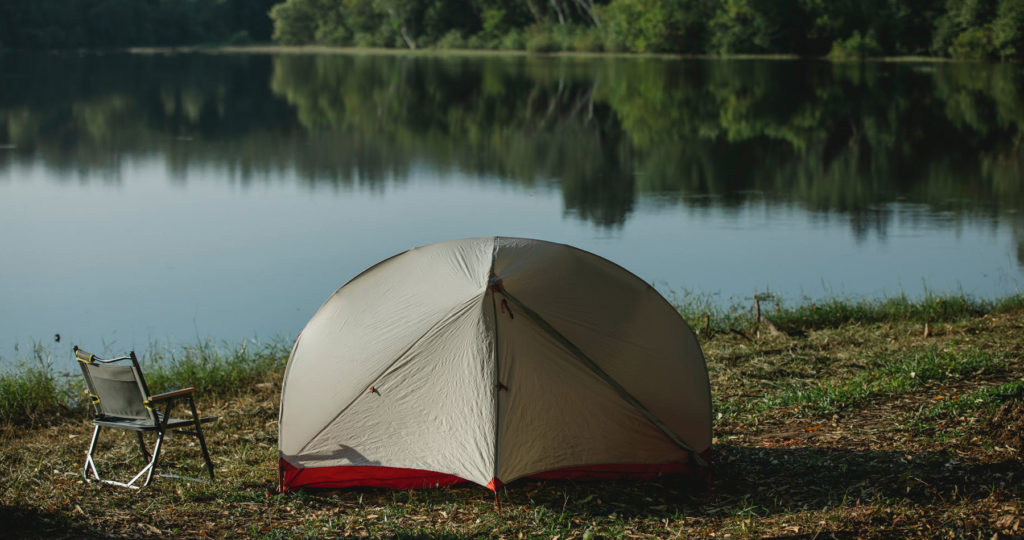

March 26, 2021
What a Sweet Spot!
Have you ever been outside enjoying nature and thought to yourself – this sure is a sweet spot! Whether you are camping, fishing, hunting, or just enjoying the outdoors, there are certain aspects of our favorite spots that make them ideal and cherished. Nice sheltered level ground near the river – great for camping and
Keep Reading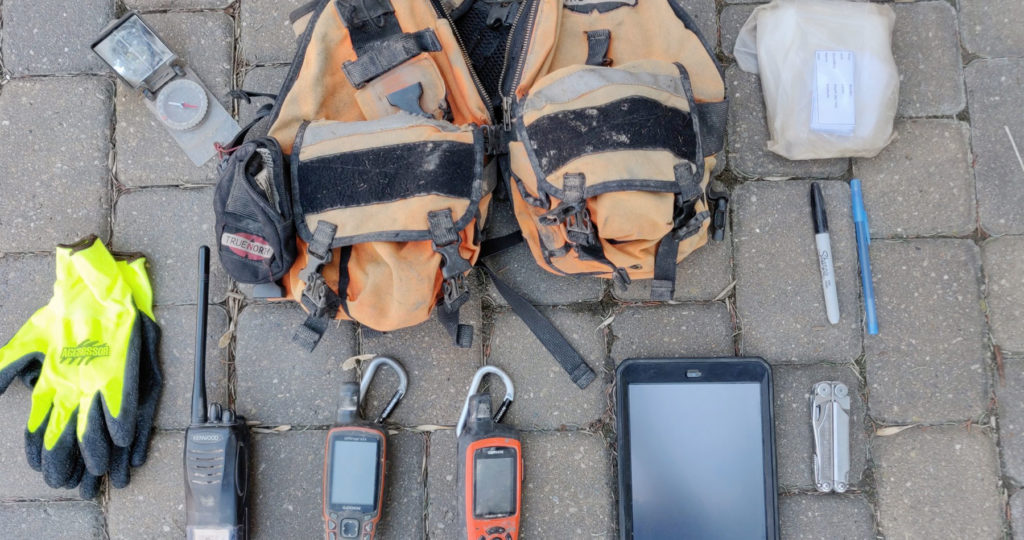

June 4, 2020
What’s in Your Bag?
Gear choice can have a big effect on your comfort level and efficiency while working in the forest. New workers, may have never been in the field and may not know what you really need to take for a full 12 hour day in the boreal forest. We expect to spend the entire day away
Keep Reading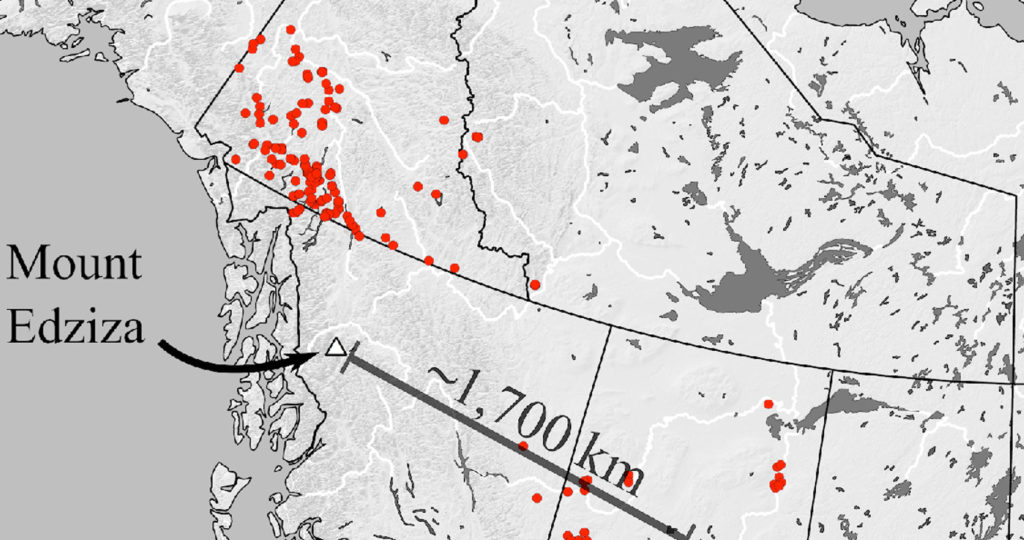

April 15, 2020
No volcanoes in Alberta, so where does the Obsidian come from?
When working close to an obsidian source (i.e. volcanoes), archaeologist will regularely find obsidian tools and debitage. However, in the boreal forests of northern Alberta, obsidian is a rare find indeed. So to find any evidence of it at all is pretty significant. Volcanic glass, or obsidian, is one of the sharpest naturally occurring materials
Keep Reading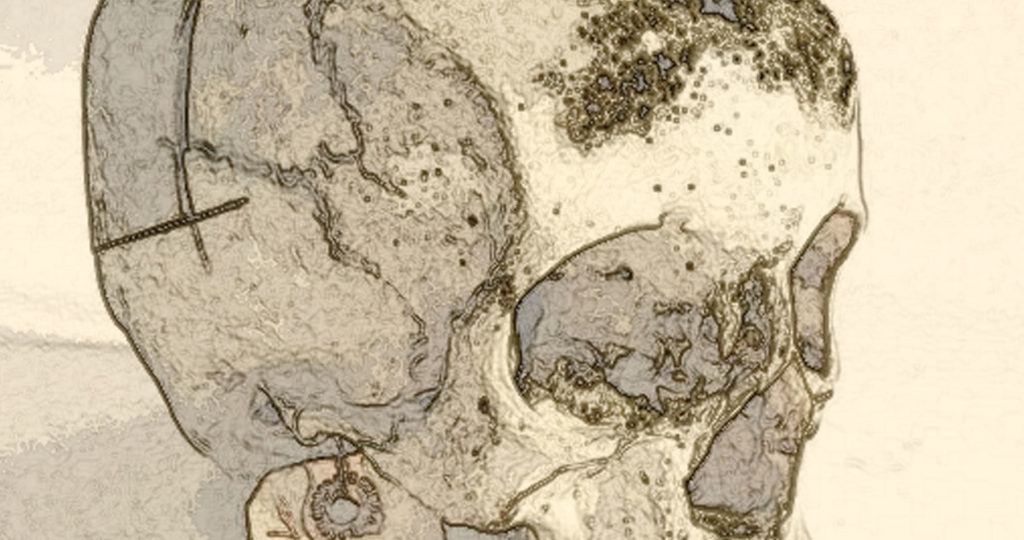

April 8, 2020
Infectious Diseases in the Archaeological Record
COVID-19 has now been designated a global pandemic and continues to spread throughout the world. Not getting infected with this potentially lethal virus is at the forefront of many peoples minds, and the very real possibility of extended quarantine has led to shortages of items such as toilet paper, disinfectant and non-perishable food. While this
Keep Reading

March 6, 2020
Harriet Boyd Hawes
To celebrate International Women’s Week, I present Harriet Boyd Hawes (1871 to 1945), a pioneer in the field of classical Greek archaeology. Her anthropological approach to fieldwork and the understanding of past lives were well ahead of the times and helped the discipline move away from arm-chair studies focused on high status artifacts and museum
Keep Reading

January 30, 2020
Gear Guide – Knives
If you take a survival coarse, read outdoor living manuals like Northern Bush-craft, or talk to people who spend a great deal of time in the wilderness, one of the first items they suggest always having is a good knife. A good bush knife can be the difference between life and death in a survival
Keep Reading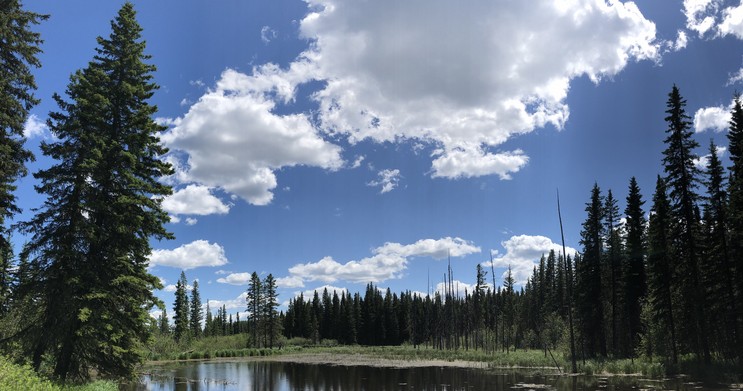

July 12, 2019
Edible Plant Series – Wild Mint
For this installment of the Edible Plant Series we will showcase wild mint. Mentha arvensis is a fairly common flowering plant that is found all over the world. It likes to grow in low-lying poorly drained areas, and will commonly be found along creeks and rivers, or in grassy areas bordering muskegs. It can be
Keep Reading

June 12, 2019
Edible Plants Series – Wild Berries Part 1
If you follow our blog, or have read any of the other installments of the Edible Plant Series, you will notice some repetition in the following cautionary note. Do not eat any wild plants that you can not identify with 100% certainty! Berries are generally safer than plants like mushrooms, since most edible berries do
Keep Reading